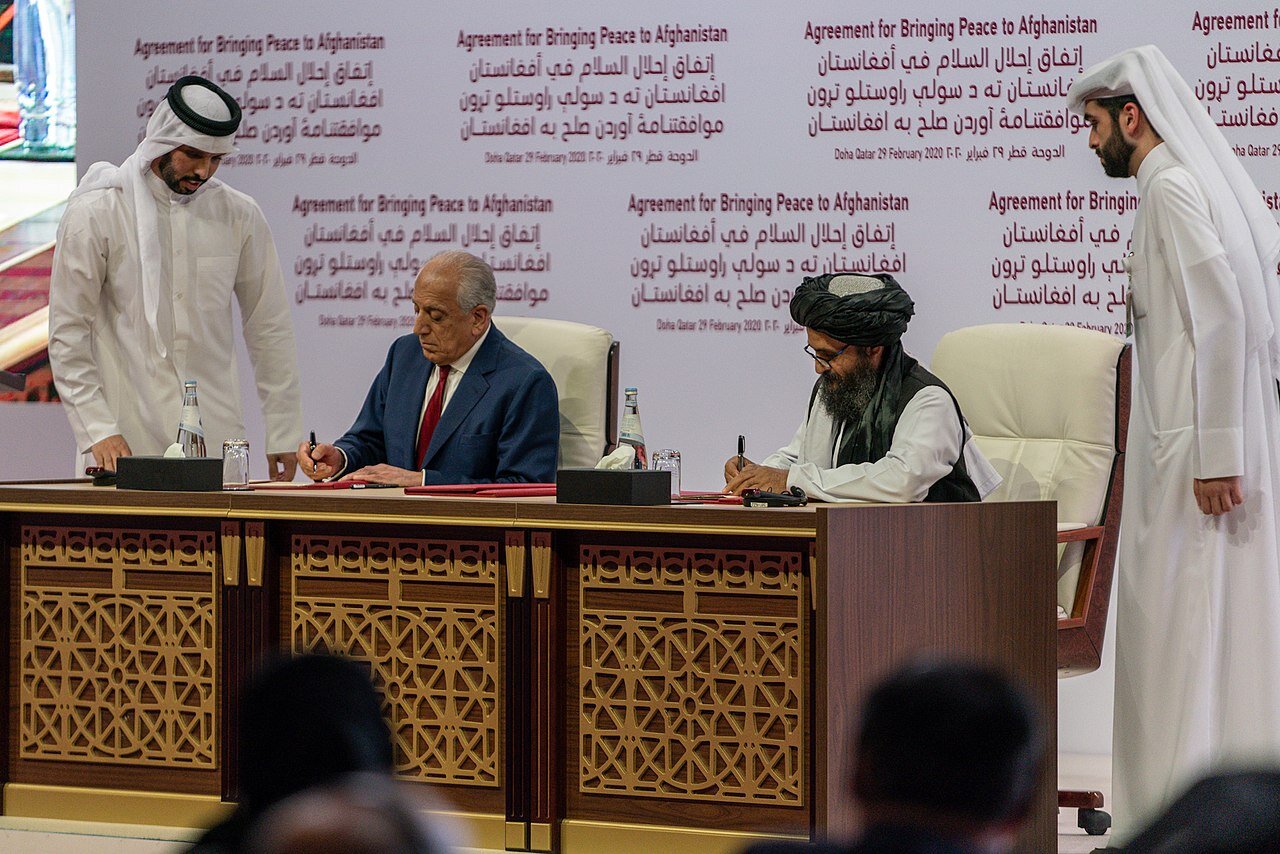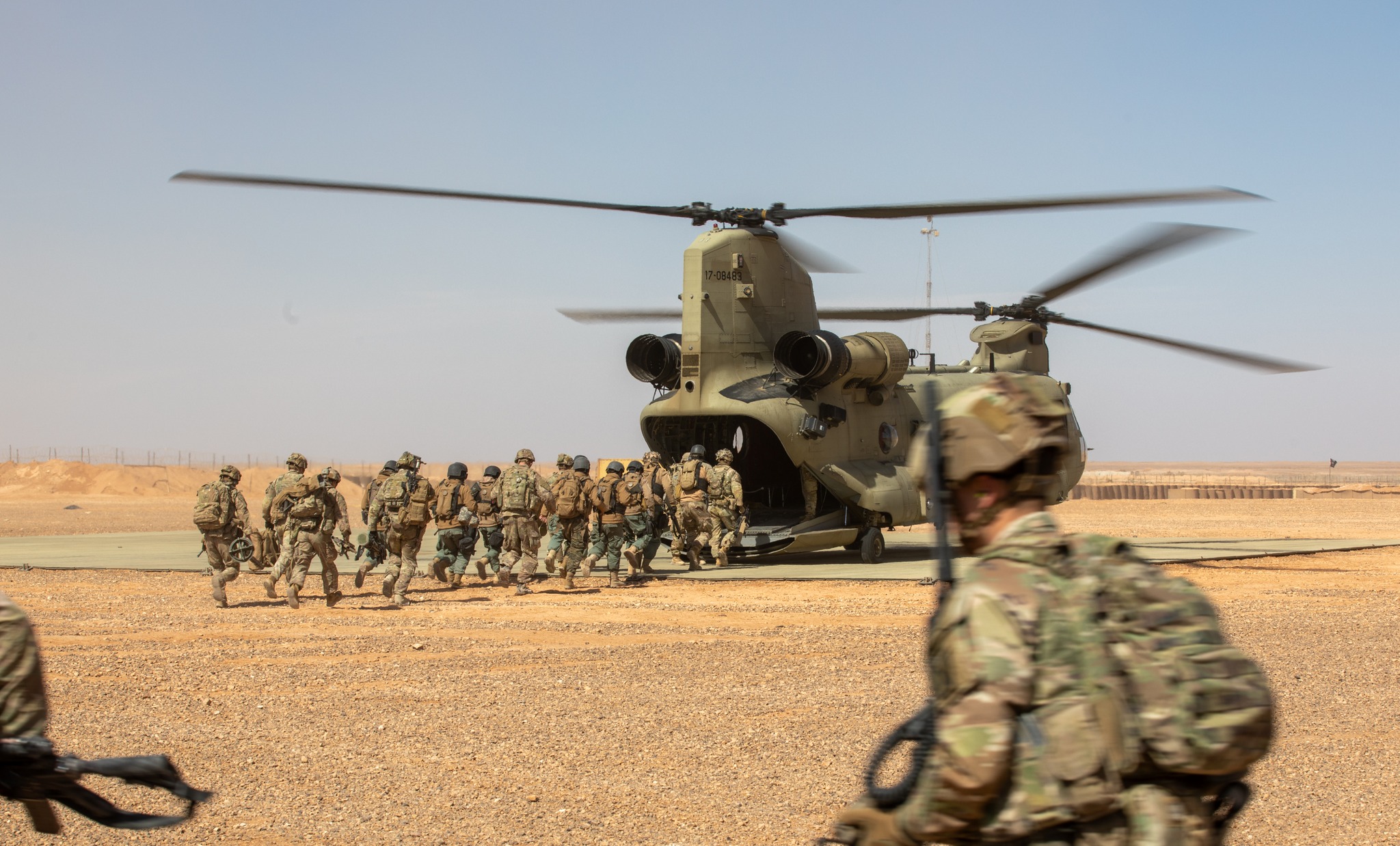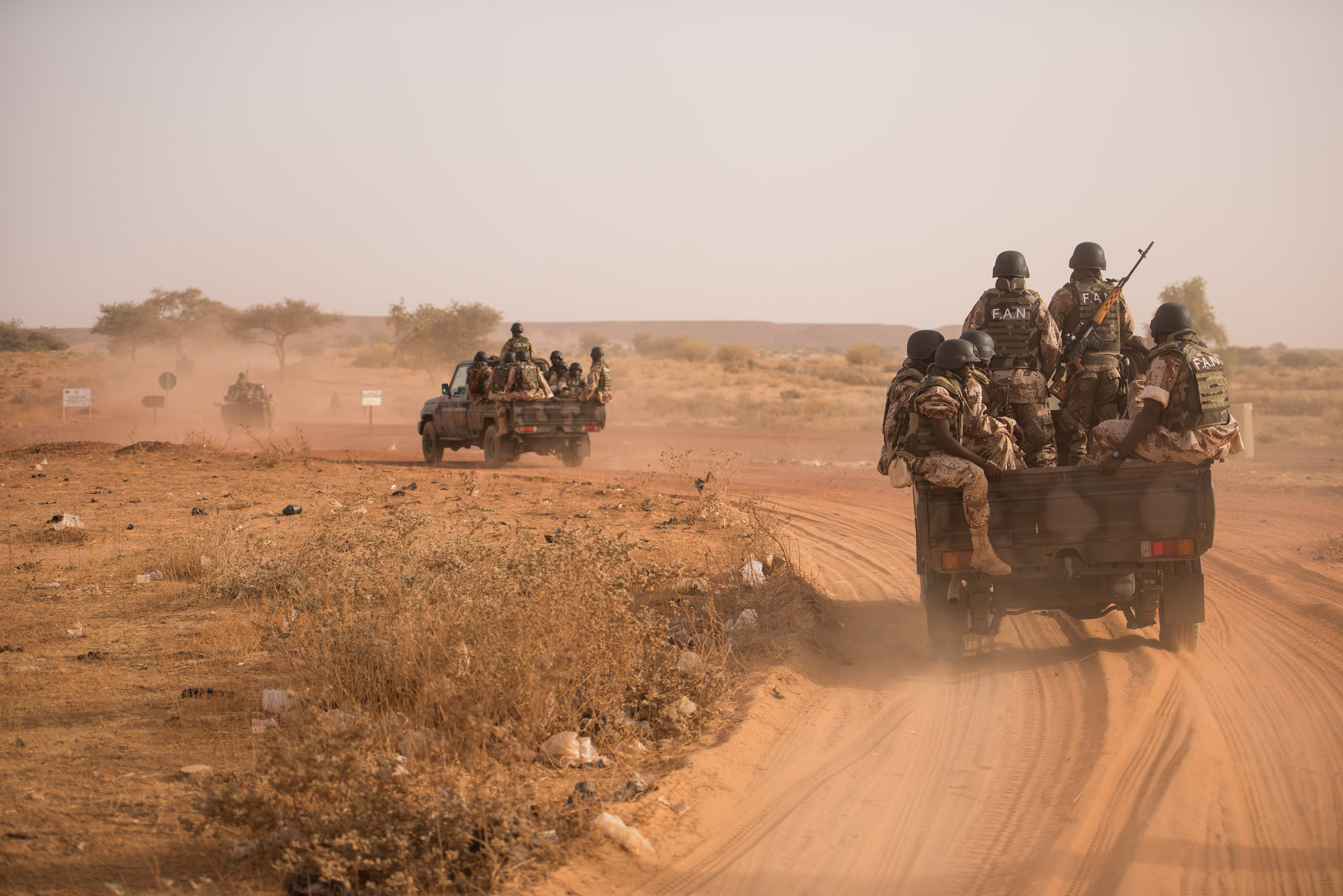PICTURED: The C-5 Galaxy, built by Lockheed Martin, is the largest cargo airplane in the U.S. Military, and one of the largest planes of any kind ever built. This would likely be the item to carry most of the heavy cargo out of Afghanistan, whenever the war ends.
KABUL, Afghanistan. March 22nd 2021. Afghanistan security analyst Jonathan Schroden, special operations program director at the Center for Naval Analyses, says it will take at least 3 and probably 6 weeks to fully withdraw thousands of military and contractors, thousands of tons of heavy artillery and munitions, and to close down a dozen bases in Afghanistan.
The current deal the United States has with the Taliban is for a May 1st withdrawal deadline, but unless a significant amount of the total U.S. footprint hasn’t already left by then, there’s no telling whether the Taliban will hold to their end of the bargain and begin negotiations with Kabul.
“If we haven’t already passed the line for responsibly closing the bases the U.S. is on, we’re probably going to pass it in the next week or so,” Schroden said Monday according to Stars and Stripes. “If we are still aiming for May 1st, we’re either past or very near the point where it will no longer be a methodical, orderly, by-the-book retrograde”.
The Biden Administration still states that the process of reviewing the agreement is “ongoing” and that a May 1st withdrawal, from the President’s own lips, would be “tough”.
Biden tried to more or less blame the delay, in an interview with ABC’s George Stephanopoulos, on the Trump Administration, even though it was Zalmay Khalilzad, an Afghan-American who has worked in the country and one of the most senior diplomats of the 21st century, who negotiated it.
“The fact is that that was not a very solidly negotiated deal that the president, the former president worked out,” Biden said in the interview. “And so we’re in consultation with our allies, as well as the government”.
A shell game
As always with troop numbers, it’s a four-person shell game played between the Pentagon, the Oval Office, the Congress, and the media. Indeed we have between 2,500 and 3,500 troops on the ground in Afghanistan, though that number itself is enough for hawks in Washington to squeeze a war in, as well as 18,000 contractors, and 7,000 NATO personnel.
In a recent surprise visit to Kabul, Sec. of Defense Lloyd Austin said there must be a “responsible end” to the war, and that there won’t be a “hasty or disorderly withdrawal”.
If that’s the case, then tongue-in-cheek Austin is saying there’s no May 1st deadline. The Taliban have promised renewed violence on American and NATO forces if they stay beyond that date, as incredible as it is to imagine.
It’s possible the length in hours of withdrawal, all else being fulfilled, would not be a problem, but NATO and CENTCOM would be placed in the awkward situation where any delays or interruptions could very well be viewed as any of the myriad of troop cuts the conflict has already featured, triggering renewed violence all the same.
Several expedited options for a May 1st pullout exist, again according to Stars and Stripes, this time speaking with defense officials under conditions of anonymity, but only if the decision is made in a matter of a few days.
“The corresponding timeline is rapidly running out for these options,” the official said Monday. “Once we start talking about early April, it’s a different ballgame”.
Logic of sunk costs
A landlocked country, Afghanistan offers no easy way of performing a “retrograde,” military parlance for an orderly retreat.
Limited to transport planes, moving thousands of tons of equipment often entails that much of it, as seen in Iraq, is simply destroyed so as not to fall into enemy hands.
“My guess is that a lot of materiel will be destroyed,” said Army veteran Adam Cote in an email. Cote, speaking to Stars and Stripes, detailed his experience with the last major Afghan “retrograde” in 2014, one which cost the taxpayers $6 billion.
“It sounds like an enormous waste – and it is – but when you weigh the options of airlifting or ground transport, I think lots of times it is the most cost-effective and efficient way”.
To avoid this, the military should, according to the Assistant Sec. of Defense during the Reagan Administration, Lawrence Korb, should just get on with it.
“Many who fought in this 20-year war already believe our reputation is damaged and want us to leave before it is damaged further,” Korb wrote recently for the National Review. “Sunk-costs logic should not apply here”.



